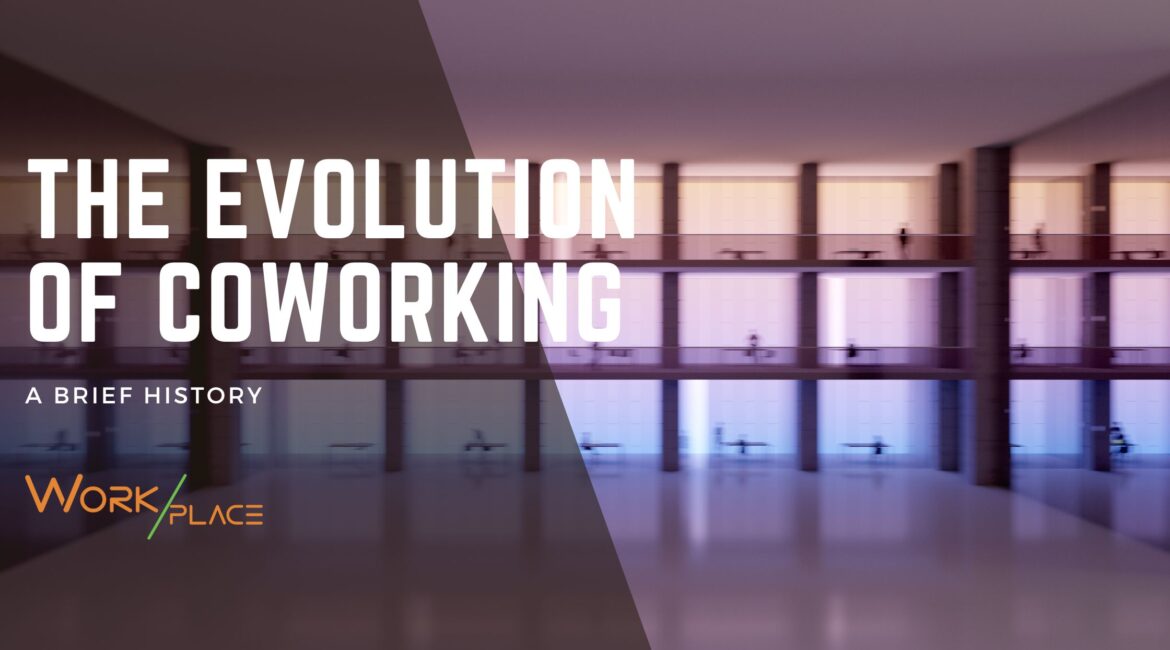In today’s fast-paced and ever-changing work landscape, coworking has become a ubiquitous term. It’s not just a buzzword but a way of working that has revolutionized the traditional office paradigm. To appreciate how coworking has shaped our modern work culture, let’s delve into its intriguing history.
The Origins (2000s):
The concept of coworking as we know it today can be traced back to the early 2000s. The pioneer of coworking, Brad Neuberg, opened the first official coworking space, “The Spiral Muse,” in San Francisco in 2005. Neuberg’s vision was to create a space where freelancers, independent professionals, and remote workers could come together to work, collaborate, and build a community. His approach combined the structure of a traditional office with the freedom of working independently.
The Rise of Community (2000s – Early 2010s):
Following Neuberg’s lead, the coworking movement began to gain momentum. In 2007, the first official coworking conference, “Coworking Unconference,” was held in San Francisco, bringing together early adopters and enthusiasts. During this period, the emphasis shifted from merely providing shared office space to fostering a sense of community. Coworking spaces became hubs for networking, knowledge-sharing, and collaboration. Entrepreneurs and startups found these spaces ideal for building connections and finding like-minded individuals to work alongside.
Corporate Adoption (Mid-2010s):
As coworking continued to evolve, corporations began to take notice of its benefits. Major companies started exploring coworking as a way to provide flexible workspace solutions for their employees. This shift paved the way for the emergence of flexible workspace providers that catered to larger enterprises. Coworking also began expanding beyond major urban centers and started to reach suburban areas and smaller cities. The diverse range of professionals utilizing coworking spaces grew to include not only freelancers and startups but also remote employees from established companies.
The Gig Economy and Remote Work Boom (2010s – Present):
The gig economy and the rise of remote work have played a significant role in the continued growth of coworking. With more people choosing freelancing and remote work as their preferred mode of employment, the demand for flexible workspace solutions has surged. Coworking spaces have adapted to accommodate the unique needs of remote workers, offering various membership options, remote-friendly amenities, and state-of-the-art technology. This adaptability has further solidified coworking’s role in the future of work.
Diverse Offerings (Present):
In the present day, coworking spaces have diversified their offerings to cater to a wide range of professionals. While traditional coworking spaces still exist, there are now specialized spaces tailored to specific industries, such as tech, healthcare, and creative fields. Moreover, the concept of coworking has extended beyond physical spaces. Virtual coworking and online communities have emerged, connecting remote workers and freelancers worldwide. These platforms enable professionals to collaborate, share resources, and support each other in a virtual setting.
The Future of Coworking:
As we look ahead, coworking is expected to continue evolving. The future may see increased integration of technology, personalized workspace solutions, and a stronger focus on sustainability and wellness in coworking environments.
In conclusion, the history of coworking is a testament to the changing landscape of work. From its humble beginnings as a shared office space to its current status as a global movement, coworking has reshaped the way we work, fostering collaboration, community, and flexibility. As the world of work continues to transform, coworking remains at the forefront, adapting and innovating to meet the diverse needs of professionals in the 21st century.

